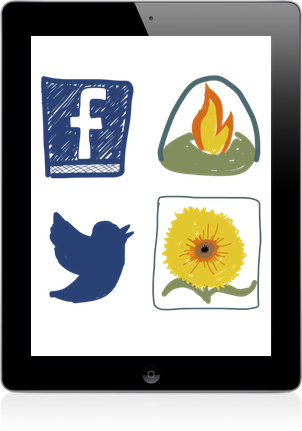

This is about a shift to a “modern mobile” computing platform from hardware to software and the cultural changes that surround that. Android discussion, so no snickering please. It is the combination of these attributes, however, causing a change as fundamental as the leap from mainframe to workstation, from character-based to graphical OS, from desktop to laptop, from client/server to web - perhaps equal to all rolled into one shift if for no other reason than the whole planet is involved.

The transformation spans hardware (thinner, lighter, smaller, cheaper, longer battery life, instant on/off, touch, sensors, connectivity, etc.), operating systems (more: secure, reliable, maintainable, robust, etc.), and app software (refactored, renewed, reimagined, etc.). For me this is a deeply held belief that the rise of smartphones (specifically starting when the iPhone launched) would have a profound impact on the way we all use “computers”. Unlike many “use a product for month” tests this is not an experiment. This post is about adapting to change and some of the things I learned along the way. You can listen to and I discuss the strategic implications of this shift on this latest podcast, Finally a Tablet that Replaces Your Laptop. I don’t feel like I’m forcing myself into this mode of working, but rather I am more productive, futz way less with my “computer”, and find many things easier.

It has been almost a month and that is exactly what happened.
Flame bonjour browser full#
I did so because I began with the mindset that this iPad would replace my laptop(s) for full time use (here laptop means my Surface(s), Yoga, MacBook, and desktops). When I received my new 9.7” iPad Pro I decided to break tablet tradition and personalize it with stickers, just as I’ve done on laptops (and my Surfaces) for years.


 0 kommentar(er)
0 kommentar(er)
